Examples of Safety Clothing: Enhancing Personal Protection in Various Industries Introduction: Safety clothing plays a critical role in protecting workers from occupational hazards and minimizing the risk of injuries and accidents in various industries. These specialized garments are designed to provide a physical barrier between the worker and potential dangers, such as chemicals, fire, extreme temperatures, sharp objects, and falling objects. In this article, we will explore some prominent examples of safety clothing used in different industries, highlighting their key features and benefits. 1. High-Visibility Clothing: High-visibility clothing, also known as hi-vis or reflective clothing, is primarily employed in environments where workers need to be easily noticeable, such as construction sites, roadways, and warehouses. The bright color and reflective strips of these garments enhance the visibility of workers, especially in low light or adverse conditions. Hi-vis clothing typically includes vests, jackets, trousers, coveralls, and shirts, ensuring that workers are easily identifiable by both machinery operators and other personnel.
safety ware
 2. Flame-Resistant Clothing: Flame-resistant (FR) clothing is specifically engineered to protect workers from burns due to exposure to flames, flash fires, or electric arcs. Industries such as oil and gas, welding, metalworking, and chemical processing require FR clothing due to the inherent risks involved. These garments are made from flame-resistant fabrics, which self-extinguish when exposed to flames, preventing further damage to the wearer. FR clothing includes coveralls, jackets, pants, shirts, and hoods, providing comprehensive protection to workers in high-heat and flammable environments. 3. Chemical-Resistant Clothing: Chemical-resistant clothing is essential in industries where workers come into contact with hazardous substances, such as chemicals, acids, solvents, and pesticides. This specialized clothing acts as a barrier, preventing the penetration of harmful substances onto the skin or clothing underneath. Chemical-resistant garments are typically made from materials such as PVC, neoprene, rubber, or Tyvek®, which offer resistance against specific chemicals. Industries such as pharmaceuticals, laboratories, chemical manufacturing, and agriculture extensively utilize chemical-resistant clothing for worker safety.
2. Flame-Resistant Clothing: Flame-resistant (FR) clothing is specifically engineered to protect workers from burns due to exposure to flames, flash fires, or electric arcs. Industries such as oil and gas, welding, metalworking, and chemical processing require FR clothing due to the inherent risks involved. These garments are made from flame-resistant fabrics, which self-extinguish when exposed to flames, preventing further damage to the wearer. FR clothing includes coveralls, jackets, pants, shirts, and hoods, providing comprehensive protection to workers in high-heat and flammable environments. 3. Chemical-Resistant Clothing: Chemical-resistant clothing is essential in industries where workers come into contact with hazardous substances, such as chemicals, acids, solvents, and pesticides. This specialized clothing acts as a barrier, preventing the penetration of harmful substances onto the skin or clothing underneath. Chemical-resistant garments are typically made from materials such as PVC, neoprene, rubber, or Tyvek®, which offer resistance against specific chemicals. Industries such as pharmaceuticals, laboratories, chemical manufacturing, and agriculture extensively utilize chemical-resistant clothing for worker safety.
Specifications of safety ware
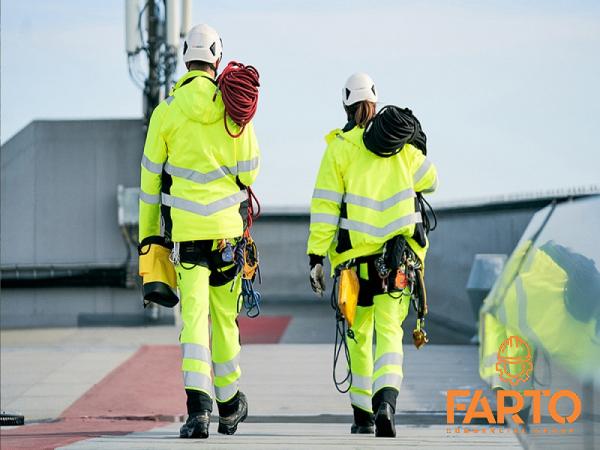 4. Cold-Weather and Thermal Clothing: Workers in extremely cold conditions or low-temperature environments require specialized clothing to ensure their safety and well-being. Cold-weather and thermal clothing help maintain body warmth by providing insulation against cold temperatures and wind chill. These garments often include insulated jackets, pants, coveralls, gloves, hats, and boots, made from materials like fleece, down, or synthetic fibers. Industries such as construction, outdoor work, and cold storage facilities rely on cold-weather clothing to prevent hypothermia and frostbite. 5. Cut-Resistant Clothing: Cut-resistant clothing is designed to protect workers from sharp objects, such as blades, knives, or shards, which pose a significant risk in industries like construction, manufacturing, and food processing. These garments are typically made from materials such as Kevlar®, Dyneema®, or stainless steel mesh, which offer high resistance to cuts and punctures.
4. Cold-Weather and Thermal Clothing: Workers in extremely cold conditions or low-temperature environments require specialized clothing to ensure their safety and well-being. Cold-weather and thermal clothing help maintain body warmth by providing insulation against cold temperatures and wind chill. These garments often include insulated jackets, pants, coveralls, gloves, hats, and boots, made from materials like fleece, down, or synthetic fibers. Industries such as construction, outdoor work, and cold storage facilities rely on cold-weather clothing to prevent hypothermia and frostbite. 5. Cut-Resistant Clothing: Cut-resistant clothing is designed to protect workers from sharp objects, such as blades, knives, or shards, which pose a significant risk in industries like construction, manufacturing, and food processing. These garments are typically made from materials such as Kevlar®, Dyneema®, or stainless steel mesh, which offer high resistance to cuts and punctures.
buy safety ware
 Cut-resistant clothing includes gloves, sleeves, aprons, and jackets, providing an additional layer of protection against potential lacerations and injuries. 6. Anti-Static and Flame-Retardant Clothing: Industries dealing with flammable substances, explosive atmospheres, or electrical components must ensure that workers wear anti-static and flame-retardant clothing. These garments prevent the build-up of static electricity, reducing the risk of sparks that could ignite flammable gases or dust. Additionally, they are designed to self-extinguish, limiting the spread of flames should an accident occur. Anti-static and flame-retardant clothing includes coveralls, shirts, trousers, and footwear, offering protection in sectors such as chemical manufacturing, electronics, refineries, and explosive handling.
Cut-resistant clothing includes gloves, sleeves, aprons, and jackets, providing an additional layer of protection against potential lacerations and injuries. 6. Anti-Static and Flame-Retardant Clothing: Industries dealing with flammable substances, explosive atmospheres, or electrical components must ensure that workers wear anti-static and flame-retardant clothing. These garments prevent the build-up of static electricity, reducing the risk of sparks that could ignite flammable gases or dust. Additionally, they are designed to self-extinguish, limiting the spread of flames should an accident occur. Anti-static and flame-retardant clothing includes coveralls, shirts, trousers, and footwear, offering protection in sectors such as chemical manufacturing, electronics, refineries, and explosive handling.
safety ware + buy and sell
 Conclusion: Safety clothing is an essential aspect of workplace safety, providing workers with protection against a range of hazards prevalent in various industries. By understanding the specific risks faced by workers, employers can equip their workforce with appropriate safety clothing. Whether it is high-visibility clothing, flame-resistant garments, chemical-resistant wear, cold-weather attire, cut-resistant clothing, or anti-static and flame-retardant gear, the right safety clothing ensures the well-being of workers and reduces the likelihood of accidents and injuries. Prioritizing the use of proper safety clothing contributes to fostering a safe and secure work environment for all.
Conclusion: Safety clothing is an essential aspect of workplace safety, providing workers with protection against a range of hazards prevalent in various industries. By understanding the specific risks faced by workers, employers can equip their workforce with appropriate safety clothing. Whether it is high-visibility clothing, flame-resistant garments, chemical-resistant wear, cold-weather attire, cut-resistant clothing, or anti-static and flame-retardant gear, the right safety clothing ensures the well-being of workers and reduces the likelihood of accidents and injuries. Prioritizing the use of proper safety clothing contributes to fostering a safe and secure work environment for all.




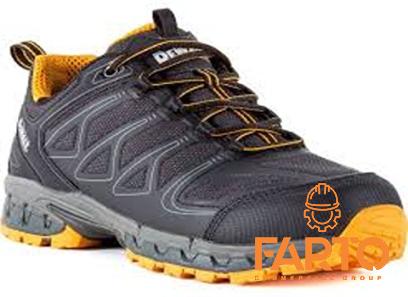



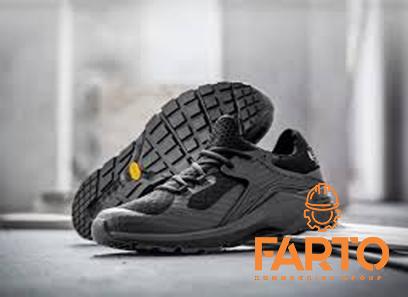
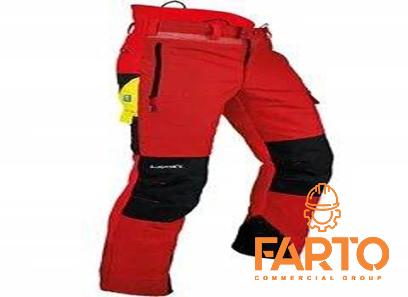
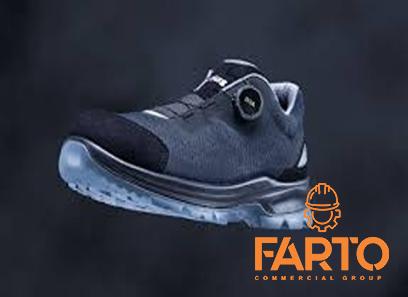
Your comment submitted.